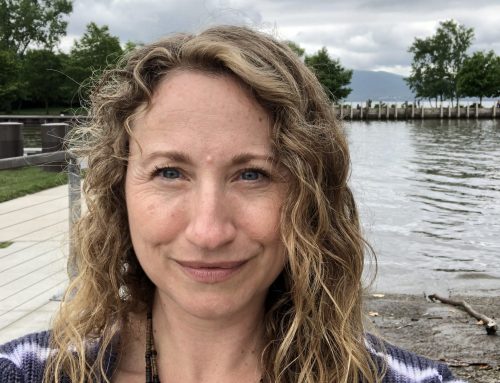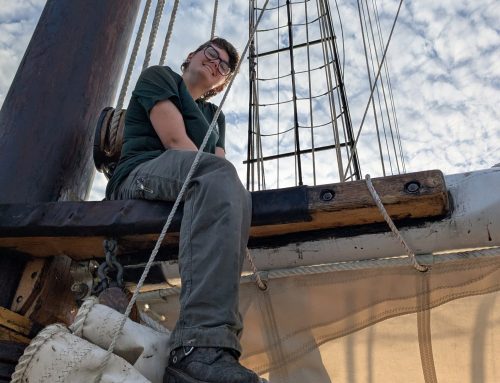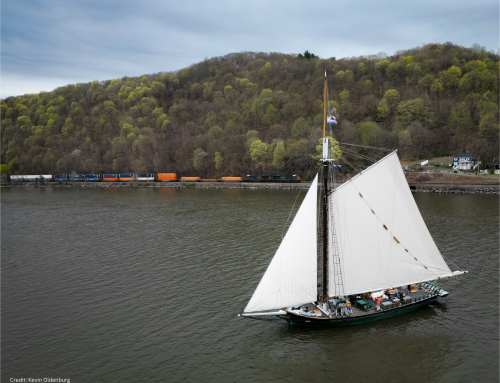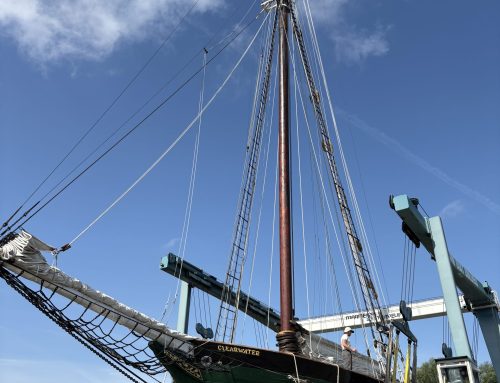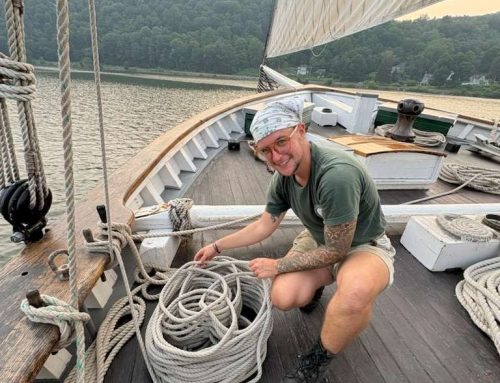Groups call on Natural Resource Trustees and GE to work out cooperative agreement for natural resource restoration before company demobilizes from the Hudson
FOR IMMEDIATE RELEASE:
December 4, 2013
Contacts:
Julia Church, Clearwater, 845 265 8080, ext. 7112; julia@clearwater.org
Kate Slusark Kiely, Natural Resources Defense Council, 212 727 4592; kkiely@nrdc.org
Tina Posterli, Riverkeeper, 914 478 4501, Ext. 239; tposterli@riverkeeper.org
Jay Burgess, Scenic Hudson, 845 473 4440, Ext. 222; jburgess@scenichudson.org
(CAPITAL REGION/HUDSON VALLEY)—At a Thursday, Dec. 5, community meeting in Saratoga Springs, officials from the Environmental Protection Agency will report on the Superfund cleanup, of a toxic chemical called polychlorinated biphenyls (PCBs) from the Hudson River, that is significantly ahead of schedule. Environmental groups, business leaders and elected municipal officials say that with time and capacity to spare, General Electric, the company responsible for dumping the chemicals in the river, should address areas of substantial pollution that are not included in the current cleanup plan and will otherwise remain behind in the river long after the current Superfund cleanup is complete.
Every Superfund site in the country requires the polluter to do two things: clean up the mess they made and compensate the public for the injury and loss of services from severely polluted natural resources. This second responsibility, called the Natural Resource Damage Assessment (NRDA), can either be accomplished after site remediation is completed or concurrently with the cleanup efforts. There are many benefits to voluntarily addressing NRDA obligations at the same time that cleanups are underway, and doing so is an emerging trend for polluters.
There is precedent in New York State for companies that polluted waters to voluntarily commence NRDA settlements while cleanups are still occurring. The environmental groups point to two examples that showcase that industry and environmental officials can work together to restore natural resources damaged by chemical dumping into the environment. Company polluters in both the St. Lawrence River and Onondaga Lake Superfund sites established cooperative NRDA agreements that combined cleanup efforts with early restoration initiatives.
Cleaning up the additional pollution before the company demobilizes all its equipment and expertise from the upper Hudson River cleanup site could reduce the company’s extensive NRDA liability, quicken the full recovery of the river by decades and minimize the cost to the public for additional and necessary in-river dredging. This commonsense effort can only take place if the Natural Resource Trustees and GE work out such an agreement.
Hudson River environmental groups and community representatives state that the river, the people and the communities negatively impacted by the river’s toxic contamination have already waited 30 years for GE to make things right—and the groups are asking for in-river NRDA efforts to begin while the cleanup is underway. Negotiations should start right away to ensure NRDA work can begin before the cleanup infrastructure and personnel are vacated.
Specifically, the Hudson River environmental and community representatives want GE to conduct critically needed dredging in the Hudson’s PCB-laden navigational channel and address the 136 acres of highly contaminated river sediments already identified by the Natural Resource Trustees as a cause of delay for the river’s full recovery. Both of these issues already have been evaluated by the trustees as potential NRDA liabilities for GE, so dealing with them now would be cost-effective for GE if the efforts are integrated into the current dredging scope of work.
Scenic Hudson President Ned Sullivan said, “We are strongly urging the Natural Resource Trustees, New York State and GE to sit down and explore an arrangement that integrates the NRDA liability and the cleanup responsibility. The timeframe for this to happen is now. The company clearly has the expertise to deal with these environmental challenges as it has demonstrated through a highly capable cleanup effort thus far—the only thing in doubt is whether GE has the willingness to do what’s right.”
Clearwater’s Environmental Director MannaJo Greene stated, “Much of the additional acreage that we are calling for GE to address is within 200 feet of the area already delineated by EPA for remediation. If the Canal Corporation has to do its own navigational dredging to restore full use of the channel by commercial shipping vessels, the costs will fall to New York State taxpayers. Coordination now would promote efficiency, reduce cost and assure a world-class cleanup.”
Natural Resources Defense Council Attorney Johanna Dyer said, “For GE to leave and call this cleanup ‘mission accomplished’—knowing what we know now about the additional contamination that will remain—would be to abandon the people and communities along the Hudson River all over again. GE has finally begun to redeem itself after more than 30 years of foot-dragging; now is not the time to backslide. GE must finish the job before it pulls its dredging operations from the water to minimize the costs to the public and restore the river as quickly as possible.”
Hudson Riverkeeper Paul Gallay added, “The success of GE’s cleanup is dependent on ensuring that the additional hot spots are taken care of now. To delay any longer would be an affront to the health of the Hudson and the communities surrounding it, and would undermine any accomplishment thus far. We can’t wait another 10 years for the NRDA process to be completed in order to have a clean river.”
In this call for action, the environmental groups were joined by municipal officials and area business leaders. These officials spoke directly and powerfully for the needs of people living in communities most affected by GE’s legacy of toxic pollution.
Mayor Anthony J. Sylvester of Mechanicville, an upper Hudson waterfront community, said, “It is so important that dredging the canal portion of the Hudson River happen while the equipment is in the water. The Hudson has been an important part of Mechanicville for almost 75 years, from commercial barges picking up and dropping goods at our dock or just stopping to restock food for their journey up or down the river. Right now, our waterfront offers free water and electric services for the many pleasure crafts that tie up to our docks, and we are planning improvements to encourage more boaters to frequent our stores and restaurants. This river is part of our city, and this is an opportunity to keep it alive and well for future generations.”
“This is a golden opportunity for GE to lead the economic resurgence of the river towns of upstate New York,” stated Pete Bardunias, president/CEO of the Chamber of Southern Saratoga County. “By ensuring navigational access to shoreside facilities, these communities will once again be open for business of all kinds, both recreational and commercial. The Chamber stands ready to work alongside GE and other partners to facilitate sustainable business development and new public access points along our waterways.”

